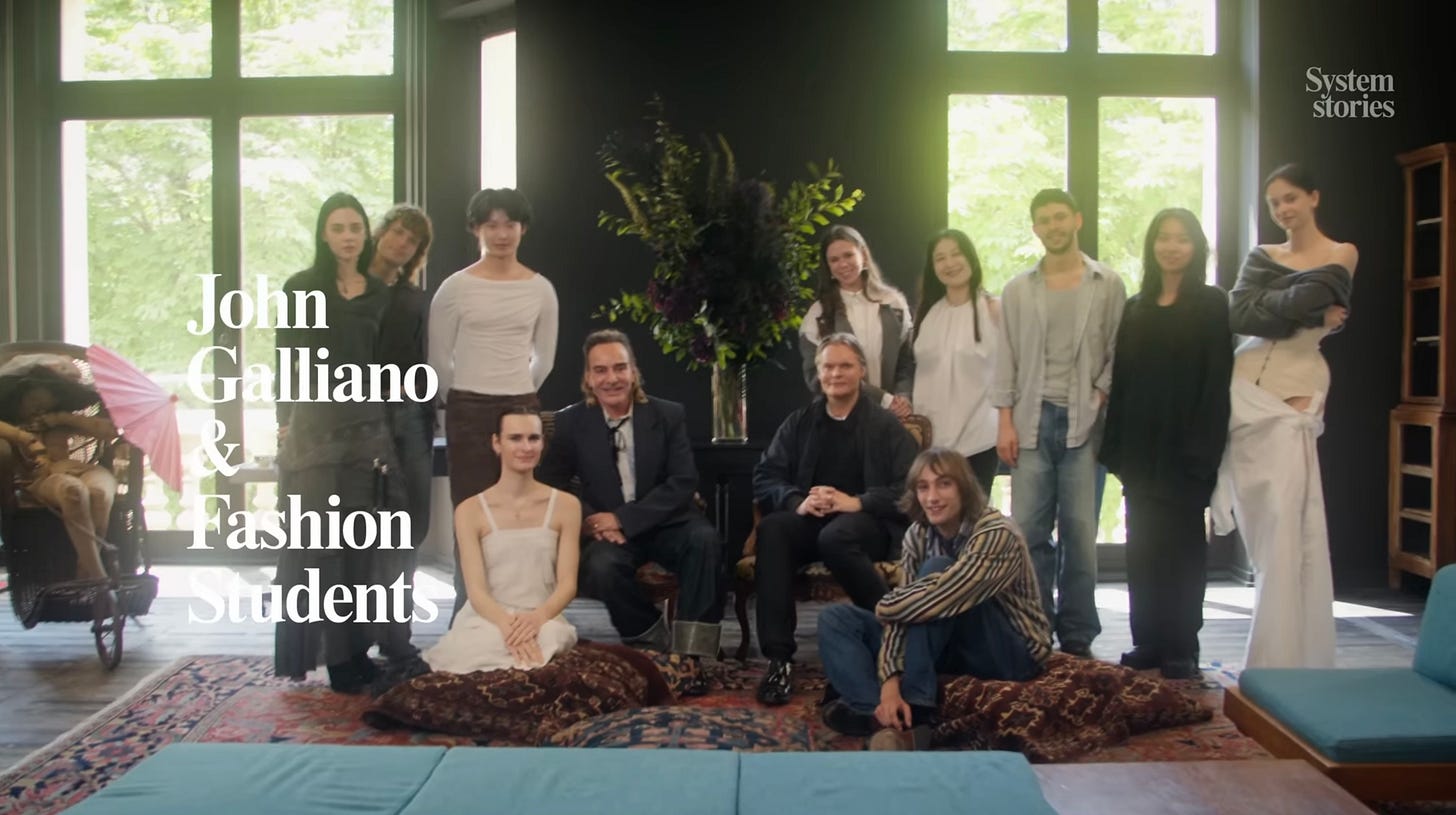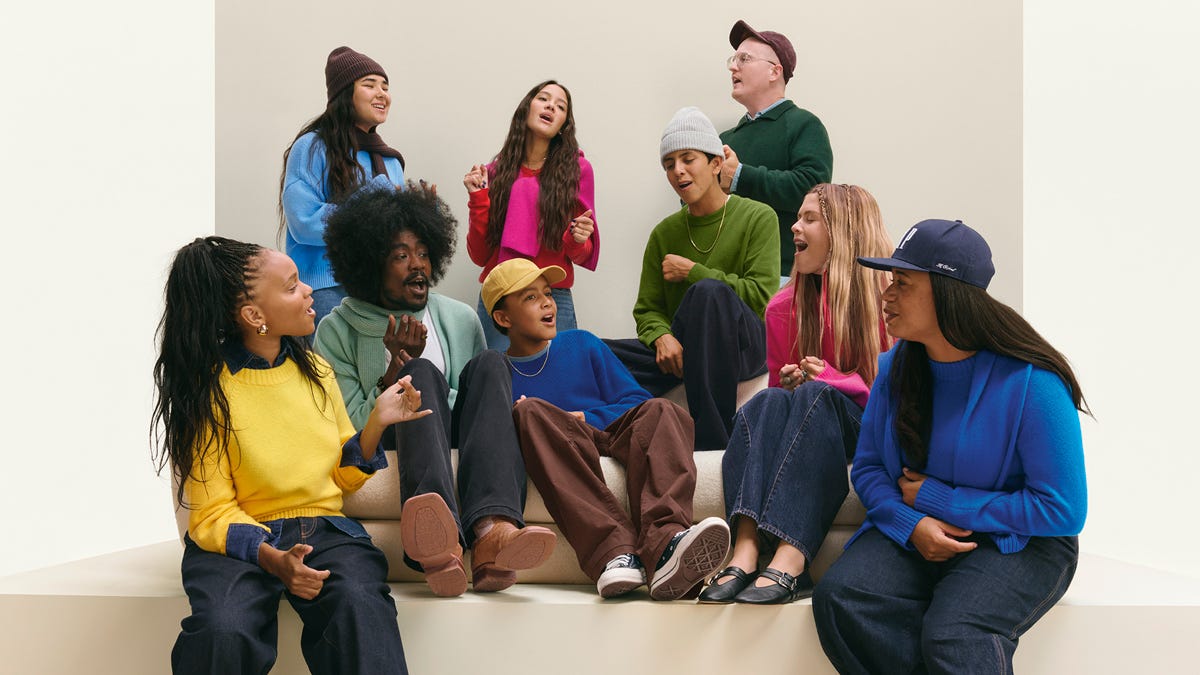Around the time I stepped away from my full-time design job, ChatGPT hit the scene, and suddenly, everyone was talking about AI. At first, I was pretty skeptical. The whole "AI will take over our jobs" fear was everywhere, and honestly, I was right there with everyone else. But as the months went by, the conversation started to shift a little bit. Some began to see AI not as a threat but as a tool—one that could actually help us get things done, especially in areas that require precision and efficiency.
By the end of last year, I started hearing some designers were adopting AI image generators (like MidJourney) in the concept stage to further explore their creativity. And, finally, when I heard the famous line, "AI won’t replace your job, but someone who knows how to use AI will," I knew I couldn’t ignore this whole AI phenomenon anymore. Even with all my skepticism about AI in the creative process, I knew I had to dive in and learn more about its impact. One thing’s for sure: AI isn’t going anywhere, and as industry experts, it’s our responsibility to figure out how it will shape the creative process moving forward. With this AI series, I’ll be sharing my journey—what I’ve learned so far, the latest news, and hopefully helpful insights to navigate this AI era together.
As my first column in this AI series, I wanted to explore the conversation around artificial intelligence (AI) and its impact on creativity. The buzz around AI is louder than ever, and while some believe its promises have been oversold in the creative area, I see it differently. We’re still in the early days of AI integration, and I believe AI holds undeniable potential to bring massive change to the fashion industry. As we navigate this initial stage, it’s worth pausing to ask: Are we bringing AI into fashion in a way that enriches the industry, or are we simply following the lead of investors who see fashion as another opportunity for profit?
Fashion has always thrived on creativity, pushing boundaries, and offering new perspectives. Yet, many of us know what it feels like to be caught between artistic freedom and the demands of corporate growth. Brands face intense pressure to meet quarterly expectations, often driven by analysts who evaluate fashion houses alongside tech giants and consumer goods conglomerates. In such environments, AI risks being used as just another tool for productivity and cost-cutting. But fashion is more than numbers—it’s about vision, culture, and artistry.

We’ve seen what happens when growth takes precedence over creativity. Brands that once stood out for their unique point of view start to blend into the crowd, each season’s offerings looking like iterations of the last or just another trendy item. The focus shifts from the brand value to marketability, and the competition becomes about who can produce more for less. This race to the bottom diminishes the true value of designer brands: their exclusivity, craftsmanship, and bold vision. When AI is wielded with a singular focus on efficiency, it risks fueling this cycle, reinforcing a sameness that leaves audiences uninspired.
Still, there are lessons to learn from parts of the industry where AI has already proven its worth. Brands have used AI for pattern optimization, quality control, and data-driven forecasting—helping them match supply and demand more accurately and reduce waste. For e-commerce, AI powers personalized shopping experiences and sharpens business decisions, making inventory management smarter and less speculative. These uses have demonstrated AI’s value as a strategic partner, but when it comes to creativity, its role remains ambiguous.
The question is whether AI can be more than just a tool for efficiency—whether it can truly elevate the creative process without overshadowing the human touch. Fashion isn’t (and shouldn’t be) just about aesthetics or garment-making; it’s about storytelling, emotion, and the subtle details that come from human intuition—elements that may not be easily translated into prompts. Think of successful brands right now, like Loewe, Bottega, and Jacquemus, whose collections are more than clothes—they’re narratives, rich with an artistic point of view. This idea isn’t just limited to the luxury market, either. We’ve seen big corporate brands like Gap and Nike lose their momentum when their narratives weakened (though with new creative teams and leadership, Gap seems poised for a comeback).

Could an AI, no matter how advanced, truly grasp those layers of depth? We don’t need more tools that churn out mass-market designs; we need partners that help elevate our unique vision. If every brand starts relying on similar algorithms to dictate trends and designs, how long before the distinctiveness that defines fashion disappears? We’ve already seen how an over-reliance on trend data can lead to look-alike collections. AI, if misused, could only make this issue worse. Yes, I’m talking about those tech start-ups that see fashion as just another industry to disrupt—developing AI design programs that rely on trend data and basic prompts to churn out designs as quickly and profitably as possible. It’s a shortcut mentality, and let’s be honest, it misses the point of what fashion truly is.
Fashion has always been about more than clothes—it’s about sparking emotion, connection, and ideas that stick with people. AI might be the next big thing, but the real challenge is figuring out how to use it without losing what makes fashion special. If we let AI become just another tool for speed or efficiency, we risk flattening the creativity and individuality that define the industry. But if we’re thoughtful—if we use AI to amplify vision instead of replace it—it could help fashion grow in ways we haven’t even imagined yet. That’s the balance we need to fight for, even if it’s messy and uncertain.




